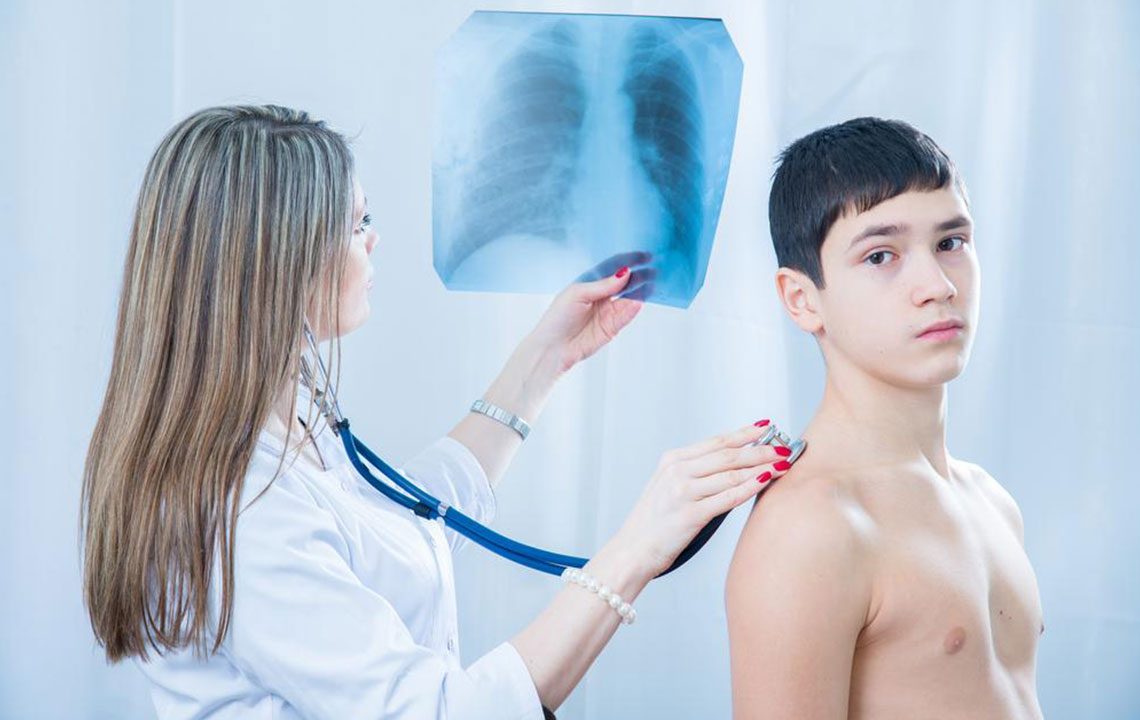Comprehensive Guide to Understanding and Managing Fever: Causes, Symptoms, and Effective Care Strategies
This comprehensive guide explains fever's causes, symptoms, diagnosis, treatments, and prevention strategies. It emphasizes the immune system's role, common triggers like infections and environmental factors, and provides practical tips for managing and preventing fever-related illnesses. The article underscores the importance of timely medical intervention, hygiene practices, proper hydration, and rest to ensure quick recovery and avoid complications, making it a valuable resource for anyone seeking to understand and effectively handle fever.

Understanding Fever: Causes, Symptoms, and Care
Fever, medically referred to as pyrexia, is a common physiological response where the body's internal temperature rises beyond the normal range. While often considered a symptom rather than a condition itself, fever plays a significant role in the body's immune defense mechanism. It is prevalent among both adults and children and can be caused by a variety of factors, including infections, environmental conditions, or other underlying health issues. This comprehensive guide aims to provide an in-depth understanding of fever, including its causes, symptoms, diagnosis, treatment options, and preventive measures to help individuals manage and recover effectively.
Understanding the science behind fever involves exploring how the body regulates temperature. The hypothalamus, a small but crucial part of the brain located at its base, acts as the body's thermostat. When the body detects foreign invaders such as bacteria or viruses, the immune system releases chemicals called pyrogens that signal the hypothalamus to raise the body's temperature set point. This increase results in a fever, which can help the immune system combat pathogens more efficiently. Elevated body temperature can inhibit the growth of some bacteria and viruses, enhance the mobility of immune cells, and accelerate tissue repair processes.
Fever is a common feature of many illnesses. Some of the most frequent causes include infectious diseases such as respiratory infections (like influenza or pneumonia), gastrointestinal infections, bacterial infections, and parasitic diseases like malaria. Environmental factors such as heat exhaustion or heatstroke can also induce a rise in body temperature resembling fever. Additionally, certain hormonal disorders, neurological conditions, inflammatory diseases, or side effects of medications can trigger fever.
Recognizing the symptoms associated with fever is crucial for timely intervention. Common signs include muscle aches, chills, sweating, headache, dehydration, irritability, loss of appetite, and general weakness. In children, symptoms may also include irritability and lethargy. It is important to monitor the severity and duration of the fever, as persistent high fevers can lead to complications such as seizures, especially in young children.
Diagnosing the underlying cause of a fever involves a thorough medical history, physical examination, and sometimes laboratory tests such as blood work, urine analysis, or imaging studies. Medical professionals assess associated symptoms and consider factors like recent travel, exposure to sick individuals, or environmental conditions. Typically, a fever exceeding 102°F (39°C) warrants medical attention, especially if accompanied by severe symptoms such as difficulty breathing, chest pain, persistent vomiting, or seizures.
Treatment strategies are tailored based on the cause of the fever. For bacterial infections, antibiotics are prescribed, but viral illnesses often require supportive care. Antipyretic medications like acetaminophen (paracetamol) and ibuprofen are commonly used to reduce fever and alleviate discomfort. In some cases, cooling measures such as sponge baths, wearing lightweight clothing, and maintaining a cool environment are recommended to help manage core temperature. While over-the-counter medicines can provide relief, consulting a healthcare professional is essential for persistent or high-grade fevers.
Preventive measures play a vital role in minimizing the risk of fever-inducing conditions. Good hygiene practices, including regular handwashing with soap and water, are fundamental. Using alcohol-based hand sanitizers when soap isn't accessible, avoiding touching the face, and maintaining a clean environment help prevent infections. During flu seasons or outbreaks, vaccinations and avoiding contact with sick individuals are also effective preventive steps.
Wash hands thoroughly and frequently, especially before meals and after contact with potentially contaminated surfaces or individuals.
Utilize hand sanitizers containing at least 60% alcohol when soap and water are unavailable.
Avoid touching the face, especially the eyes, nose, and mouth, to prevent entry of pathogens.
Maintain a hygienic living environment by regularly disinfecting surfaces and laundering bedding.
Supporting recovery through diet and home remedies can aid in quicker rebound. Consuming nutrient-rich foods such as whole grains, beans, and starchy vegetables provides energy and supports immune function. Staying well-hydrated with at least 3-4 liters of water daily helps prevent dehydration caused by fever-related sweating. Fresh fruits and green vegetables with high water content, like cucumbers and melons, boost hydration and provide vital vitamins. Drinking coconut water can also help replenish electrolytes lost during excessive sweating.
Rest is critical during illness; activity can elevate body temperature further and delay recovery. It is essential to listen to your body, get adequate sleep, and avoid strenuous activities until fully recovered. However, recognizing warning signs such as persistent vomiting, severe headache, seizures, or unrelenting high fever requires immediate medical attention. These symptoms may signal serious complications requiring advanced interventions.
Effectively managing fever with appropriate medications, hydration, and rest significantly enhances comfort and promotes faster healing. Understanding the underlying cause and following correct treatment protocols can prevent complications and safeguard long-term health. Always consult healthcare professionals for persistent or severe symptoms to ensure proper diagnosis and treatment strategies.





